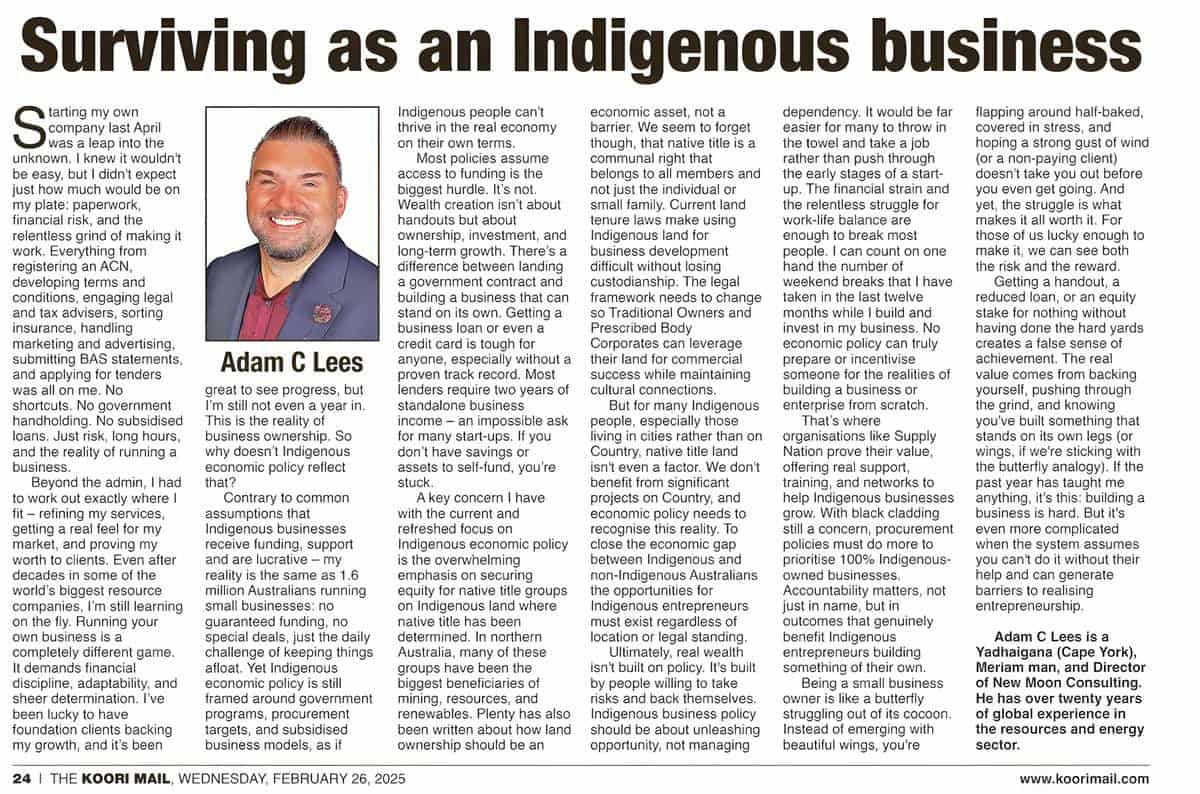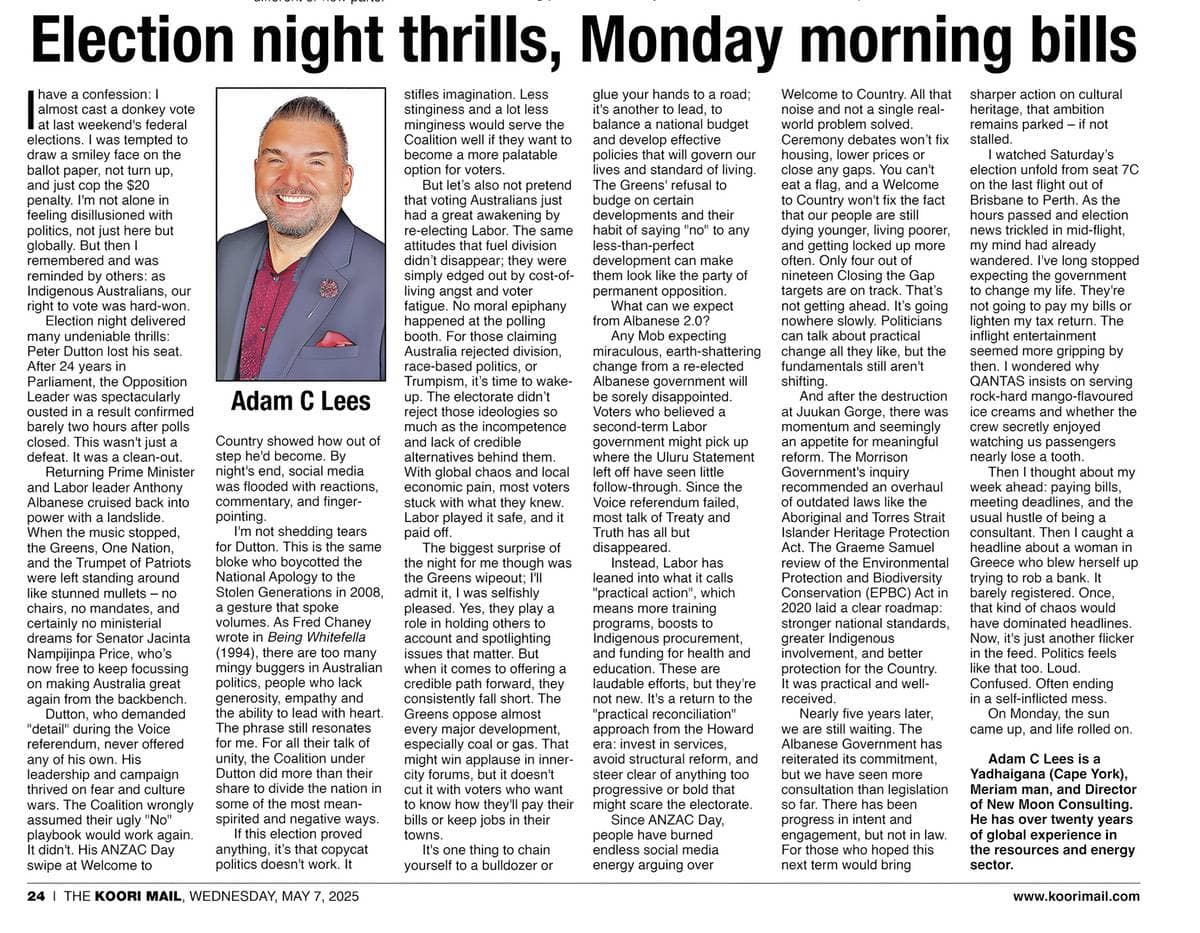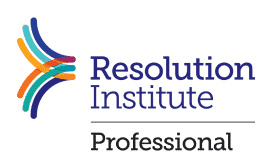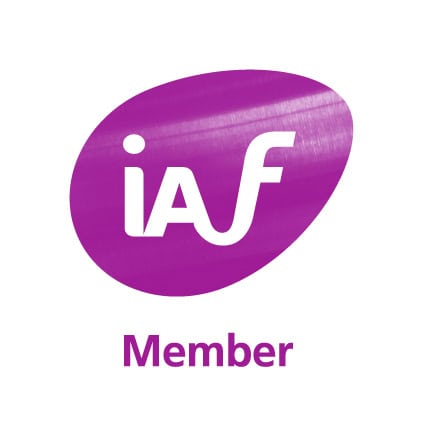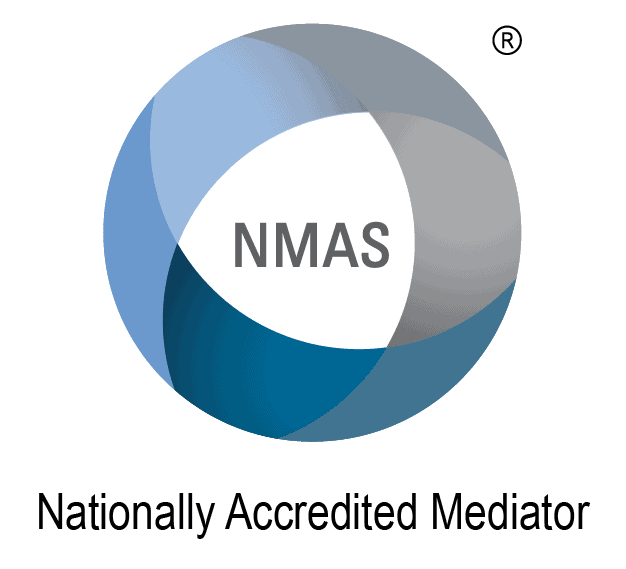Starting my own company last April was a leap into the unknown. I knew it wouldn’t be easy, but I didn’t expect just how much would be on my plate: paperwork, financial risk, and the relentless grind of making it work. Everything from registering an ACN, developing terms and conditions, engaging legal and tax advisers, sorting insurance, handling marketing and advertising, submitting BAS statements, and applying for tenders was all on me. No shortcuts. No government handholding. No subsidised loans. Just risk, long hours, and the reality of running a business.
Beyond the admin, I had to work out exactly where I fit – refining my services, getting a real feel for my market, and proving my worth to clients. Even after decades in some of the world’s biggest resource companies, I’m still learning on the fly. Running your own business is a completely different game. It demands financial discipline, adaptability, and sheer determination. I’ve been lucky to have foundation clients backing my growth, and it’s been great to see progress, but I’m still not even a year in. This is the reality of business ownership. So why doesn’t Indigenous economic policy reflect that?
Contrary to common assumptions that Indigenous businesses receive funding, support and are lucrative – my reality is the same as 1.6 million Australians running small businesses: no guaranteed funding, no special deals, just the daily challenge of keeping things afloat. Yet Indigenous economic policy is still framed around government programs, procurement targets, and subsidised business models, as if Indigenous people can’t thrive in the real economy on their own terms.
Most policies assume access to funding is the biggest hurdle. It’s not. Wealth creation isn’t about handouts but about ownership, investment, and long-term growth. There’s a difference between landing a government contract and building a business that can stand on its own. Getting a business loan or even a credit card is tough for anyone, especially without a proven track record. Most lenders require two years of standalone business income – an impossible ask for many start-ups. If you don’t have savings or assets to self-fund, you’re stuck.
A key concern I have with the current and refreshed focus on Indigenous economic policy is the overwhelming emphasis on securing equity for native title groups on Indigenous land where native title has been determined. In northern Australia, many of these groups have been the biggest beneficiaries of mining, resources, and renewables. Plenty has also been written about how land ownership should be an economic asset, not a barrier. We seem to forget though, that native title is a communal right that belongs to all members and not just the individual or small family. Current land tenure laws make using Indigenous land for business development difficult without losing custodianship. The legal framework needs to change so Traditional Owners and Prescribed Body Corporates can leverage their land for commercial success while maintaining cultural connections.
But for many Indigenous people, especially those living in cities rather than on country, native title land isn’t even a factor. We don’t benefit from significant projects on country, and economic policy needs to recognise this reality. To close the economic gap between Indigenous and non-Indigenous Australians the opportunities for Indigenous entrepreneurs must exist regardless of location or legal standing.
Ultimately, real wealth isn’t built on policy. It’s built by people willing to take risks and back themselves. Indigenous business policy should be about unleashing opportunity, not managing dependency. It would be far easier for many to throw in the towel and take a job rather than push through the early stages of a start-up. The financial strain and the relentless struggle for work-life balance are enough to break most people. I can count on one hand the number of weekend breaks that I have taken in the last twelve months while I build and invest in my business. No economic policy can truly prepare or incentivise someone for the realities of building a business or enterprise from scratch.
That’s where organisations like Supply Nation prove their value, offering real support, training, and networks to help Indigenous businesses grow. With black cladding still a concern, procurement policies must do more to prioritise 100% Indigenous-owned businesses. Accountability matters, not just in name, but in outcomes that genuinely benefit Indigenous entrepreneurs building something of their own.
Being a small business owner is like a butterfly struggling out of its cocoon. Instead of emerging with beautiful wings, you’re flapping around half-baked, covered in stress, and hoping a strong gust of wind (or a non-paying client) doesn’t take you out before you even get going. And yet, the struggle is what makes it all worth it. For those of us lucky enough to make it, we can see both the risk and the reward.
Getting a handout, a reduced loan, or an equity stake for nothing without having done the hard yards creates a false sense of achievement. The real value comes from backing yourself, pushing through the grind, and knowing you’ve built something that stands on its own legs (or wings, if we’re sticking with the butterfly analogy). If the past year has taught me anything, it’s this: building a business is hard. But it’s even more complicated when the system assumes you can’t do it without their help and can generate barriers to realising entrepreneurship.
Adam C Lees is a Yadhaigana (Cape York), Meriam man, and Director of New Moon Consulting. He has over twenty years of global experience in the resources and energy sector.
